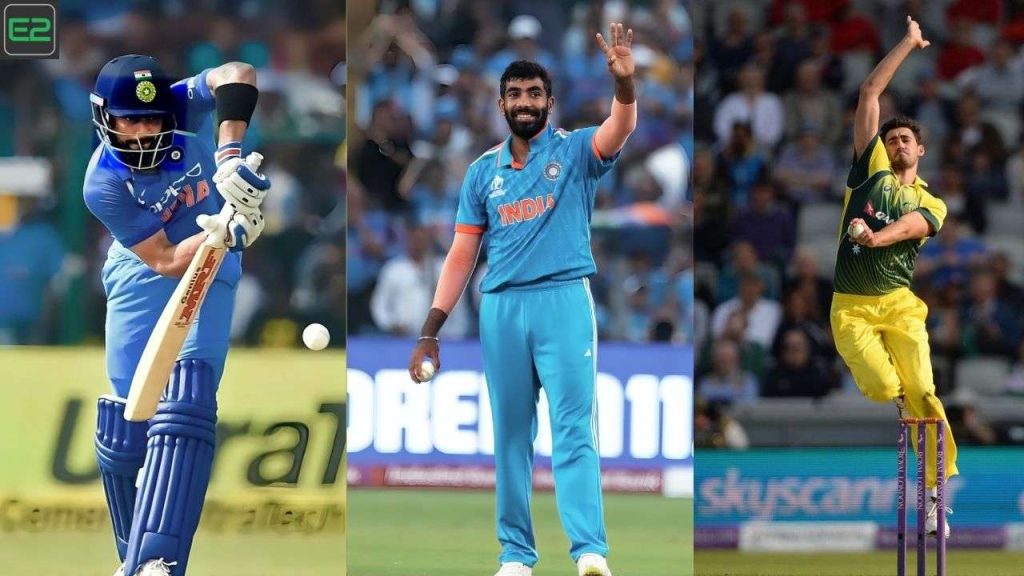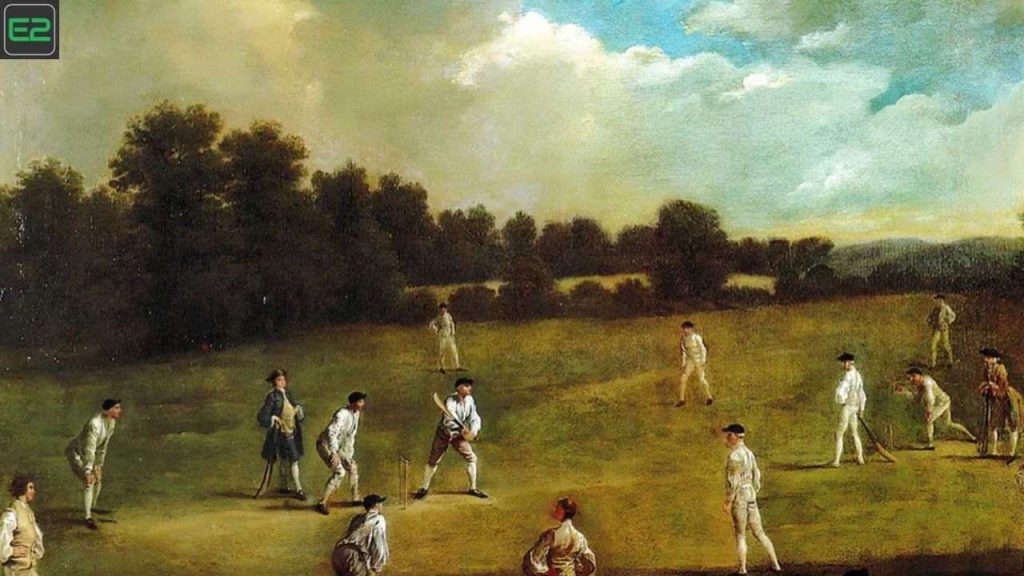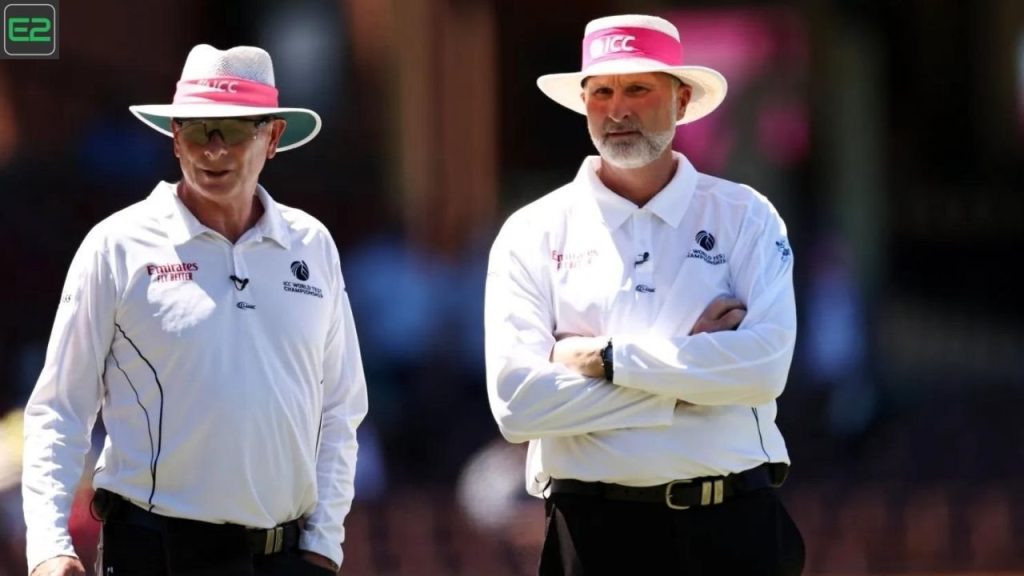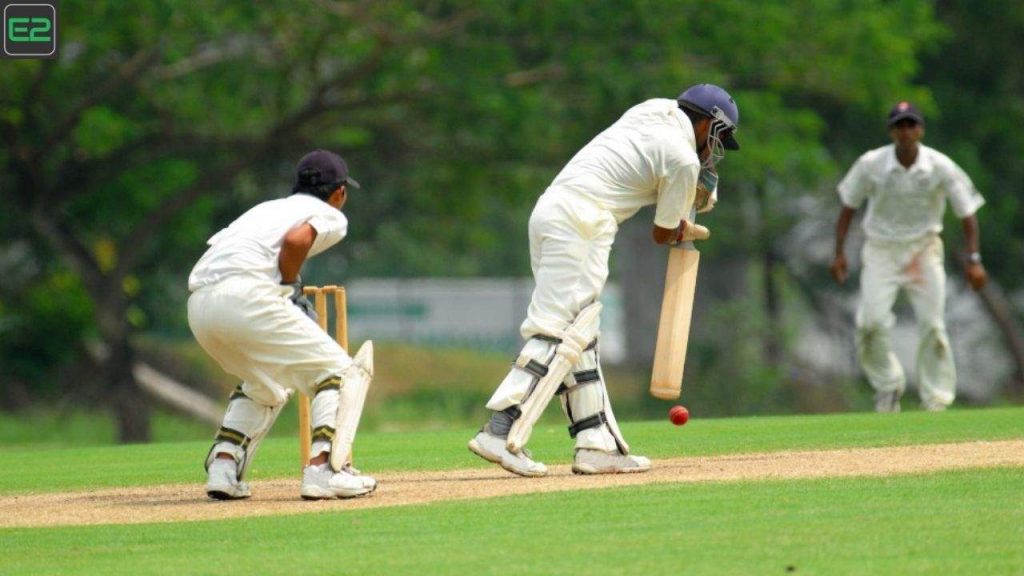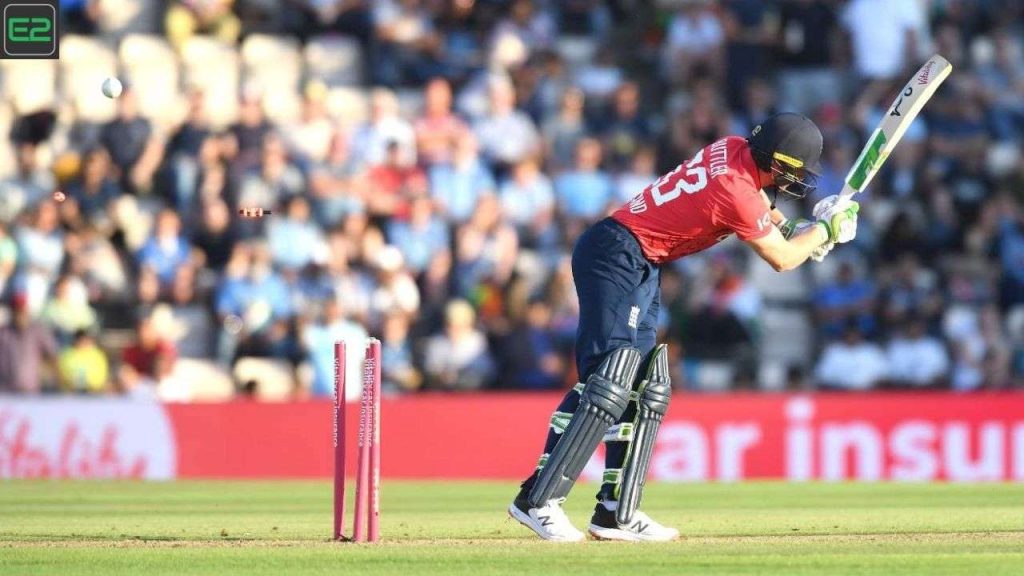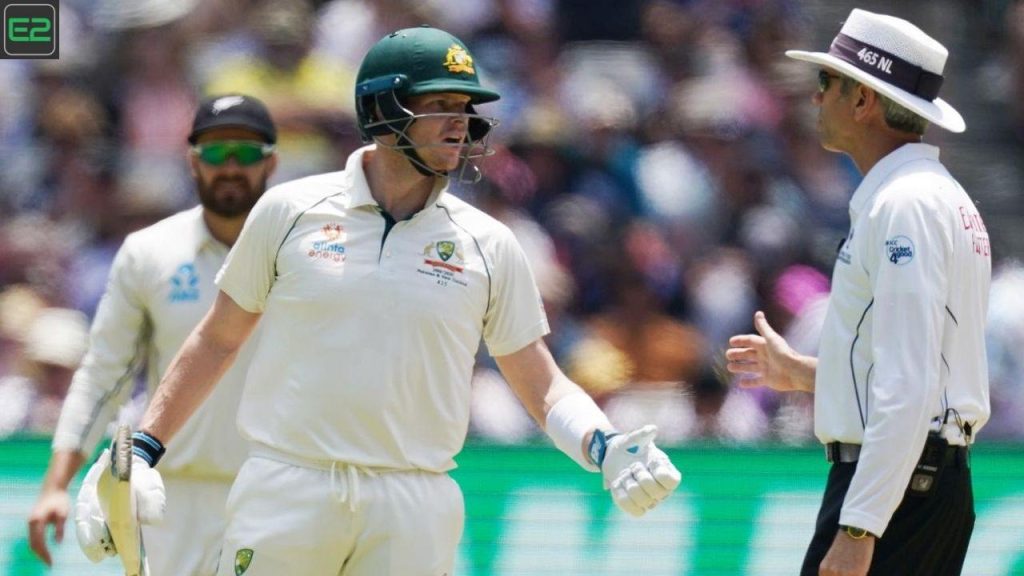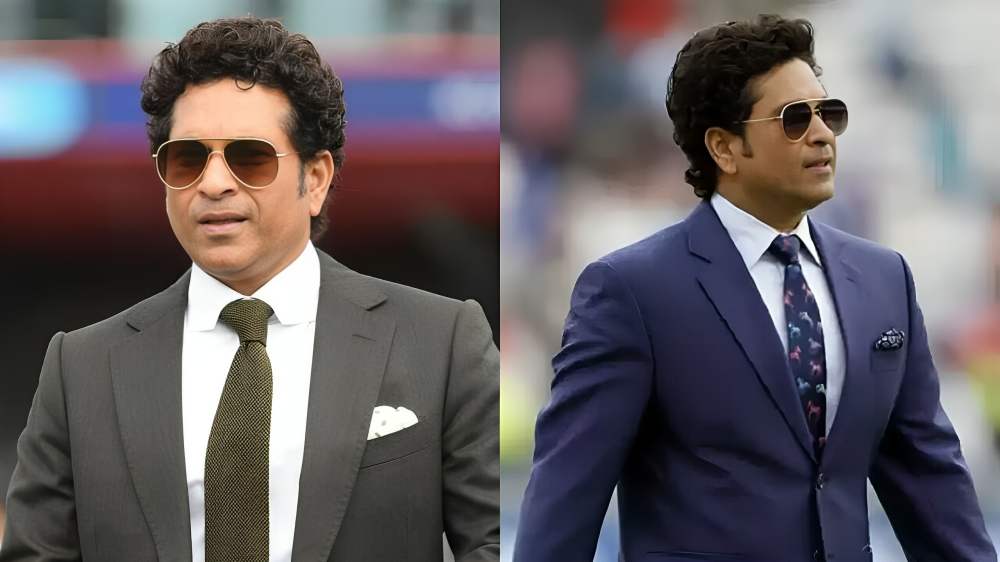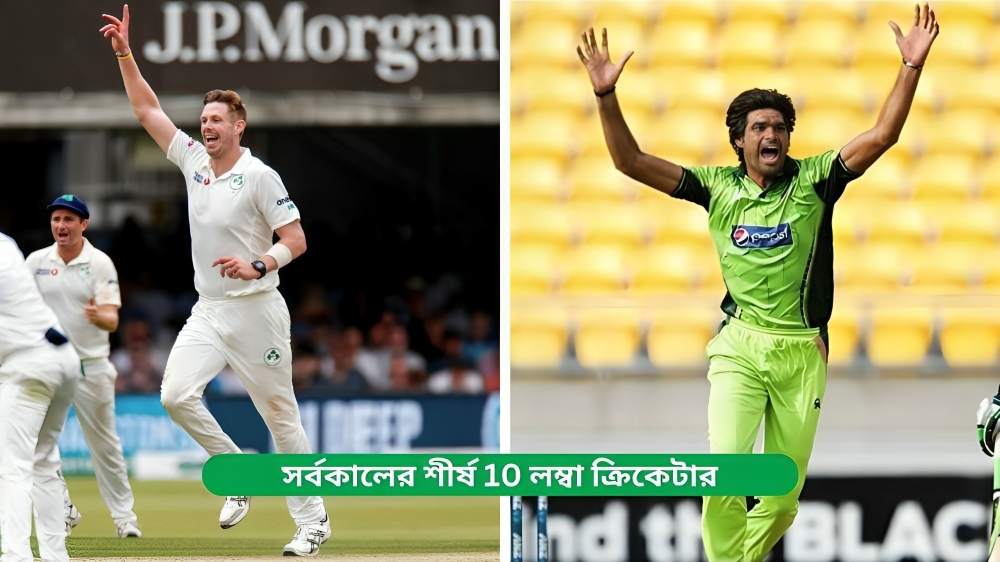Legal Hit In Cricket: Cricket is often regarded as one of the most intricate sports in the world, not just because of its complex strategies but also due to its set of detailed and sometimes peculiar rules. Among the many aspects of the game, the rules that determine whether a hit is legal or not play a crucial role in shaping the match’s outcome. In cricket, a “hit” can refer to how a batsman strikes the ball, but it’s important to understand that not all hits are necessarily legal according to the laws of the game.
Legal Hit In Cricket: In this article, we’ll explore the various rules that define a legal hit in cricket, the different types of hits, and the conditions under which a hit might be considered illegal.
What Is A Legal Hit In Cricket?
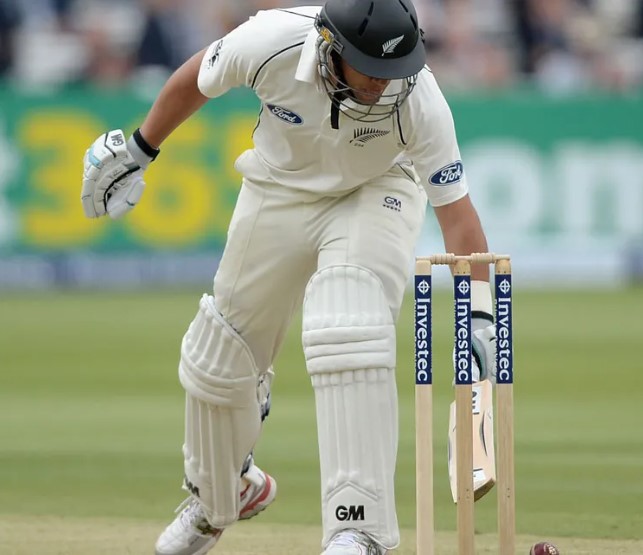
Legal Hit In Cricket: In cricket, a legal hit refers to a batsman’s strike of the ball that adheres to the laws of the game. When a batsman hits the ball, there are specific criteria that need to be met for the hit to be deemed legal. A legal hit results in the ball being put into play, and it allows the batsman the opportunity to score runs or potentially cause a dismissal. In contrast, an illegal hit could result in a dead ball, a no-ball, or other forms of dismissal.
A hit is considered legal if:
- The ball is struck with the bat or the part of the bat legally used by the batter.
- The batsman does not interfere with the fielding team or use unfair means to strike the ball.
- The ball is struck in a manner that does not violate any rules, such as hitting the ball above the waist (in the case of full tosses) or handling the ball.
Legal Hit In Cricket: The batsman’s primary aim is to ensure that the ball is played within the rules, and it is this legal hit that leads to runs or possible dismissals.
Key Components Of A Legal Hit
There are several key aspects of a legal hit that any batsman must keep in mind:
Contact with the Bat: A legal hit requires that the ball is struck with the bat or any part of the bat. A strike with any other part of the body (excluding the hands) is generally considered illegal unless the batsman is attempting a “catch” or “hit the ball twice.”
Timing of the Hit: The timing of the bat’s contact with the ball plays a role. The batsman must hit the ball while it is in a reasonable position and within the reach of the bat.
Type of Delivery: A ball that is delivered outside the off-stump or above the waist can still be hit legally, provided the batsman does not violate any other rules, such as offering a shot in an illegal way or being struck on the body.
Types Of Legal Hits
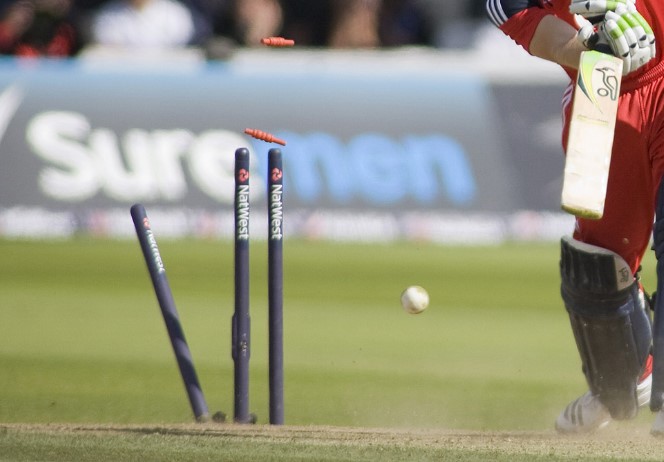
Legal Hit In Cricket: Cricket has various ways that a batsman can legally hit the ball, each with its own specific set of rules. The most common types include:
A Normal Shot: When the batsman hits the ball with the bat in the conventional manner. This is the most common type of legal hit.
Cut Shot: A cross-batted shot played to a ball outside the off-stump, typically with the ball being cut behind square.
Drive: A shot where the batsman hits the ball along the ground, typically through the covers or down the ground.
Pull or Hook Shot: Played to a short-pitched delivery, where the batsman hits the ball to the leg side.
Sweep Shot: A cross-batted shot to a delivery on the leg side, where the batsman swings the bat horizontally to hit the ball.
Legal Hit In Cricket: Although these shots differ in technique, the key point is that each must adhere to the basic rules of legality.
The No-Ball And Legal Hit
Legal Hit In Cricket: A no-ball is one of the most common situations where a batsman’s legal hit can be impacted. If the bowler oversteps the crease or delivers a high full toss (above the waist), the delivery is considered a no-ball, and the batsman is allowed to take a free hit. The important thing to note is that even if the batsman makes a legal hit on a no-ball, the runs scored may still count, but the delivery would not count toward the bowler’s tally.
Legal Hit In Cricket: In such cases, the no-ball is automatically followed by a free hit, which means the batsman is not at risk of being dismissed by conventional means (e.g., caught, bowled, stumped) on that next delivery.
Illegal Hits In Cricket
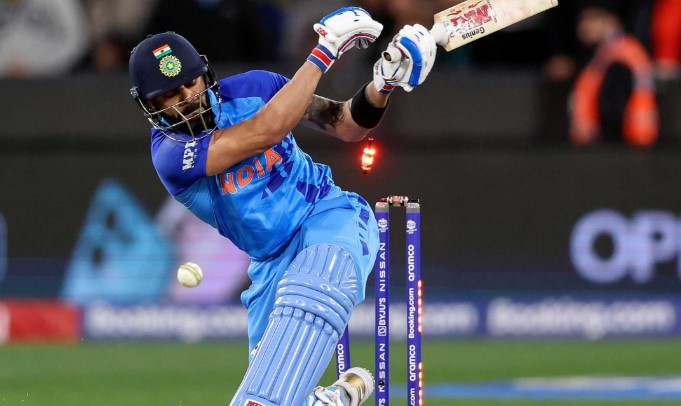
Legal Hit In Cricket: Certain situations can cause a hit to be considered illegal. Some of these violations include:
1. Handling The Ball
Legal Hit In Cricket: A batsman is not allowed to deliberately handle the ball unless they are fielding it. If the batsman uses their hands or any part of their body other than the bat to strike the ball, the ball will be considered dead, and a penalty can be enforced.
2. Hitting The Ball Twice
Legal Hit In Cricket: Another situation where the hit may be considered illegal is when a batsman hits the ball twice. This can happen either intentionally or accidentally. If the batsman strikes the ball more than once before it touches the ground or a fielder, it is considered a violation. In some cases, the batsman could be dismissed for this action.
3. Striking The Ball Above The Waist (High Full Toss)
If a bowler delivers a full toss above the waistline of the batsman, it is deemed dangerous and is often called a no-ball. Any attempt to hit a high full toss legally will be considered illegal if it violates the no-ball rule.
4. Obstructing The Field
This rare and unusual type of dismissal can occur if a batsman deliberately obstructs the field to avoid a potential catch or run-out. This could occur if the batsman uses their body or bat to stop a fielder’s attempt to dismiss them.
The Impact Of Technology On Legal Hits
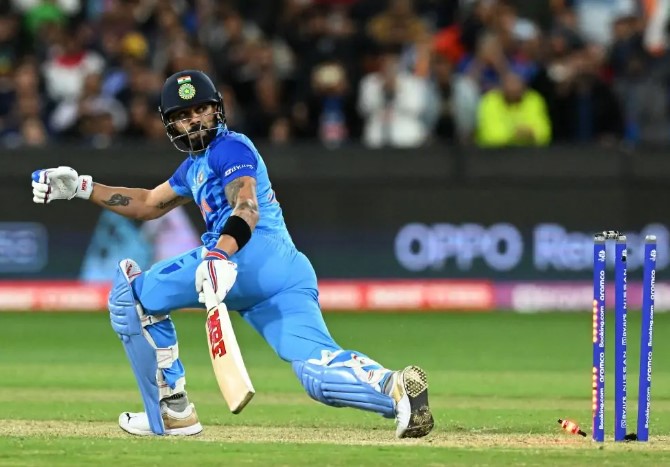
The advancement of technology has significantly impacted the way legal hits are adjudicated in modern cricket. Tools like Hawk-Eye and UltraEdge are used to analyze and review the legality of hits, especially when it comes to catching or the ball’s trajectory. In the case of a contentious delivery, the use of technology has provided more clarity on whether the ball was hit legally.
Key Aspects Of Legal And Illegal Hits
| Type of Hit | Description | Legal or Illegal |
|---|---|---|
| Normal Shot | The standard hit with the bat during regular play | Legal |
| Cut Shot | A shot played to a ball outside the off-stump | Legal |
| Drive | A shot played with the bat along the ground | Legal |
| Pull/Hook Shot | A cross-batted shot to a short-pitched delivery | Legal |
| Sweep Shot | A horizontal bat shot played to the leg side | Legal |
| Handling the Ball | Using the hands or body to strike the ball | Illegal |
| Hitting the Ball Twice | Striking the ball more than once before it touches the ground | Illegal |
| Striking a High Full Toss | Hitting a ball above the waist from a bowler’s delivery | Illegal |
| Obstructing the Field | Deliberate obstruction to avoid a dismissal | Illegal |
Understanding the rules for a legal hit in cricket is crucial for both players and fans alike. A legal hit allows the batsman to proceed with their innings and potentially score runs, while an illegal hit can lead to a dead ball, dismissal, or penalties. Throughout the game, a batsman’s technique and ability to perform a legal hit determines their success. The laws surrounding legal hits ensure that the game remains fair and competitive, creating an exciting atmosphere where both batsmen and bowlers must follow the rules of play.
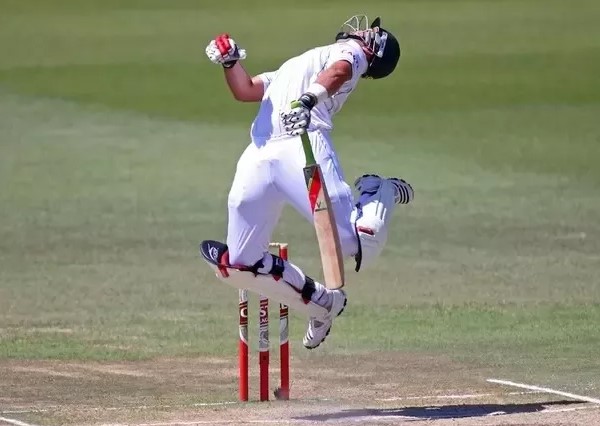
The evolution of technology and umpire review systems further ensures that decisions on hits are accurate, promoting fairness. As cricket continues to evolve, the rules for a legal hit will remain a key part of the game, helping to maintain its integrity and thrilling nature.


